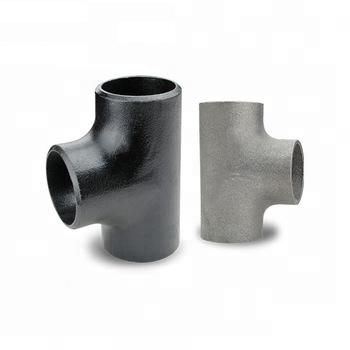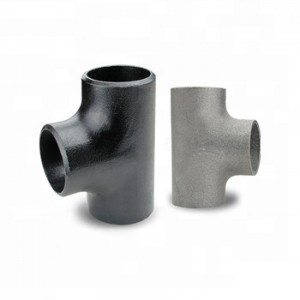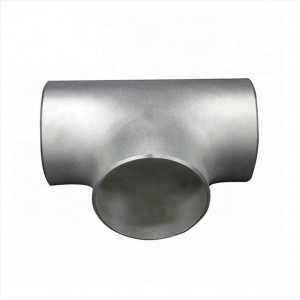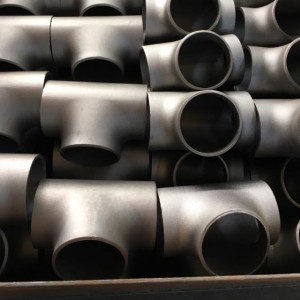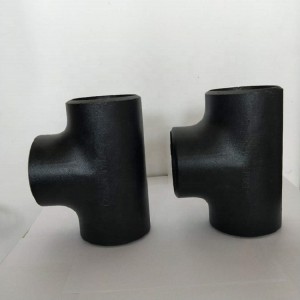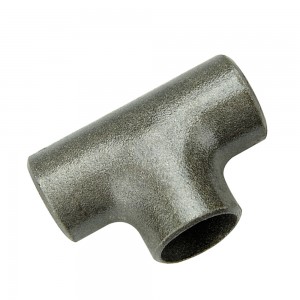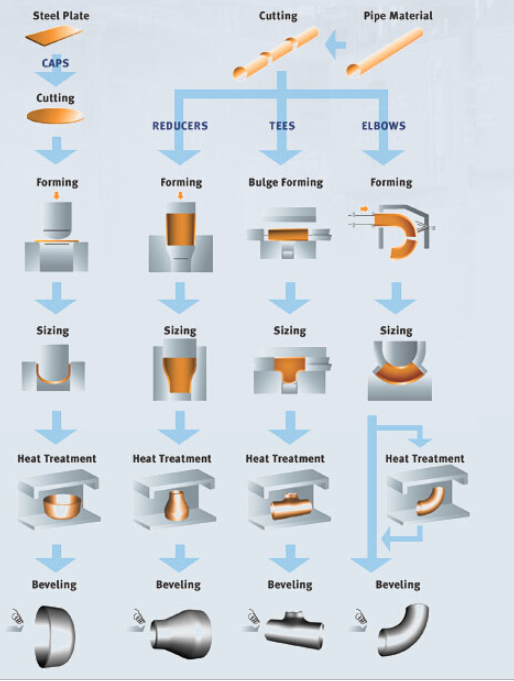Pipe Tee, Tee Fittings
A tee is also called triplet,three way and "T" pieces and it can be used to either combine or split a fluid flow. Most common are tees with the same inlet and outlet sizes, but 'reducing' tees are available as well. it means the one or two ends are differ in dimension.due to thisdimension differ,the makes the tee fittings with the capacity to control the volume when requried.
Steel pipe tee has three branches that can change fluid direction. It has T-shaped or Y-shaped, and include Equal Tee and Reducing Tee (Reducer Tee). Steel tee is widely used in pipe networks for convey liquids and gases.
Types of steel pipe tee:
According to branch diameters and functions there are:
Equal Tee
Reducing Tee (Reducer Tee).
According to connection types are:
Butt Weld Tee
Socket Weld Tee
Threaded Tee.
According to material types there are:
Carbon Steel Pipe Tee
Alloy Steel Tee
process
Steel Equal Tee
Equal tee: Three branches of tee have same diameters. Also named as Straight Tee.
Steel Equal Tee Description usually as below:
Eg: 6'' Tee ASME B16.9 BW Wrought
Standard ASTM A234 GR. WPB SMLS
Wall thickness Schedule STD
Steel Reducing Tee (Reducer Tee)
Reducing tee (Reducer Tee): The branch diameter is smaller than main diameter. The reducing tee is usually described as NPS diameters in 4” x 4” x 3”, where 4” is the main line pipe diameter, and 3” is the reducing branch.
Butt Weld Tee
Butt weld tee is widely used in petroleum, aerospace pharmacy, chemical industry, metallurgy, electric power, military industry, engineering support and other industrial pipelines.
Ends in plain or beveled, connected by butt welding process. It can withstand higher pressure than other types. The size of butt weld tee should be specified in pipe NPS (DN) and thickness in schedule, where the socket weld tee or thread tee thickness should be specified in the pressure level.
Butt weld tee is divided into seamless cold-drawn tee and seam welding tee in the production process.
Socket Weld Tee
Socket weld tee is a kind of high pressure pipe connection fitting. Like the other fittings, it has a trapezoidal area where the pipe can inserted into the tee branch and weld together. It is commonly used in small diameter systems.
Socket weld tee is described as NPS and Pressure ratings 3000#, 6000# and 9000#, same as threaded tee.
Threaded Tee
In the manufacturing process, threaded pipe tee has forging and casing process. Forging is formed by heating forging with ingots or round bars, then turning on a lathe to process threads. Casting means that the ingot is melted and poured into the tee model after it is cooled.
Based on socket tee form, the branch end can be threaded to male or female. So there are male tee and female tee, which if the tube with male NPT threads, then the tee shall be with female NPT threads.
Pipe tees have three female openings in a T-shaped.
There are straight pipe tees which have the same size openings.
Reducing pipe tees have one opening of different size and two openings of the same size.
There are sanitary pipe tees which are used in waste lines. These kinds of pipe tees have a curved branch which is designed for a clean out plug. They are used to prevent obstruction of waste.
A compression pipe tee uses compression fittings on two or more ends.
A test pipe tee has a threaded opening. This opening is used in conjunction with a threaded plug for a clean-out opening on a drain pipe.
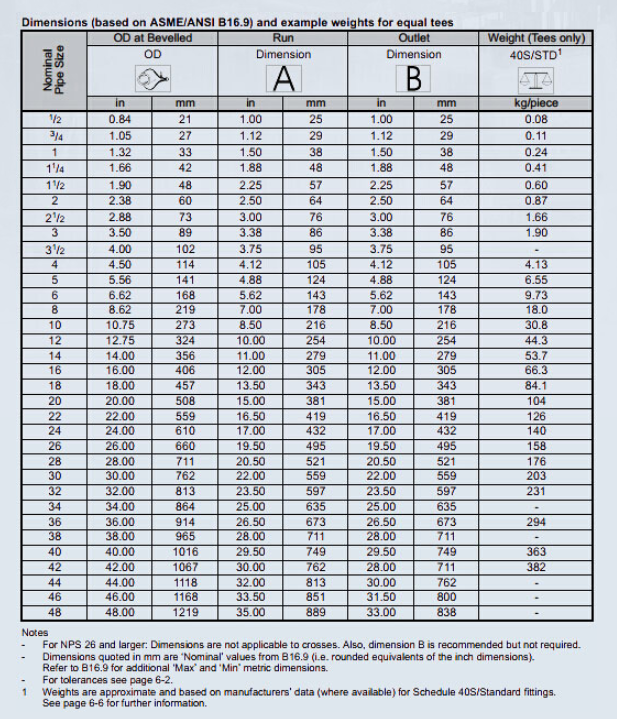
Carbon Steel Tee
Carbon steel tee material: ASTM A234 WPB, WPC; MSS SP-75 WPHY-42, WPHY-46, WPHY-52, WPHY-56, 60, 65 and 70.
ASME/ANSI B16.9 for butt weld tee fittings,
ASME/ANSI B16.11 for socket weld and threaded tee fittings.
Alloy Steel Tee
Alloy steel material: ASTM A234 WP1, WP5, WP9, WP11, WP22, WP91
Stainless Steel Tee
Stainless steel tee is widely used in chemical, health, food and other industries. Its advantages are applicable to different working environments and have good corrosion resistance.
Standards: ASTM A403 (Common Standard for stainless steel pipe fittings), ASTM A270 (Sanitary Tubing Standard)
Grade: TP 304, 304L, 316, 316L, 310, 317 and 321.
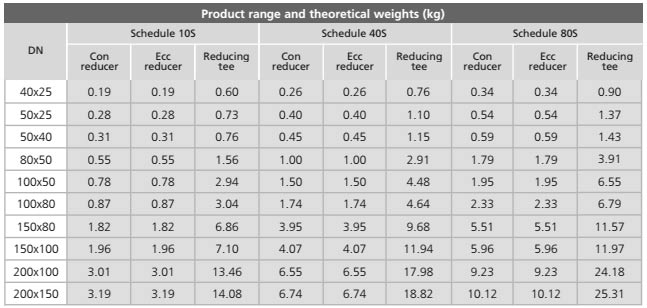
Light Oiling, Black Painting



